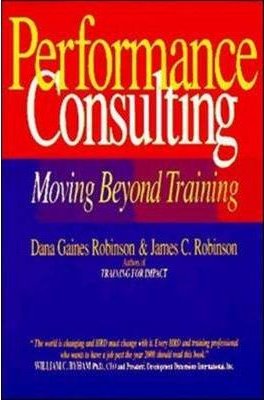Today I attended the [Irish Center of Business Excellence] (ICBE) 2012 conference in Dublin, Ireland. I will blog about the following three talks:
Peter de Jager on Change
Peter de Jager talk was titled “Reducing Change to Seven Questions”.
According to de Jager everybody believes that “people resist change”. He then gave us many examples of how we all make big changes in our lives (getting married, bearing children, moving cities, changing jobs). Something like having kids is much bigger than implementing SAP. We embrace the former and we resist the latter. What is the fundamental difference between the one and the other? It is: choice. We don’t resist change, we resist being changed. We resist the most trivial thing if we don’t have control.
This means that the first question around change management will always be: “Why?”. The best thing to get people to accept change is to get them involved.
De Jager likes to reduce change to a set of seven questions:
- Why? Why is it necessary to do this? Don’t just tell me “because”. Why-questions seem to be taboo in organisations currently. We need to change this mentality and make sure that a real dialogue
- What’s in it for me? The problem with this is that it is not about you, because it is about the organisation. This is unfortunate because with any change it is top of mind of any employee. It requires some honesty from a corporation to address this question. If as a corporation you don’t know the answer, then at least communicate that.
- What might go wrong? We fool ourselves if we downplay the risk of change: there is always the change that something might go wrong.
- What will go wrong? There will be problems, guaranteed. Make sure you are prepared.
- What are your solutions?
- What will change?
- What will stay the same?
Peter de Jager has all the marks of an incessant self-promoter (I do realize I am on that journey too, but do hope I won’t get where he is). He presented without slides and clearly had told this exact story many times before. Unfortunately he still managed to lose me during his seven questions story. I am not even sure I captured them all correctly to be honest.
Nigel Harrison on How to be a True Business Partner through Performance Consulting
Nigel Harrison helps people adopt a consulting approach where they ask their clients what the problems is before they jump to solutions (what he calls solutioneering).
In traditional problem analysis we very often jump to solutions. The majority of the problems in our organizations is from previous solutions. Training is often one of these premature solutions. Harrison mentioned the conspiracy of convenience where everybody knows that it doesn’t deliver business value but it is in the interest of the learner, the trainer and the manager to act like the training is great.
His process for problem analysis works like this. Start by asking a few questions:
- Who is involved in this problem?
- What is happening now? This is about the current state.
- What do we want to see? This is about the desired state.
If you do this you can start asking: What is the value to the business if we close this gap? (Don’t forget to ask: What is the cost of doing nothing?)
He has a very nice image of his seven step process for performance consulting (find some more downloads here):

This is a simple process, but it does need skillful application to be effective:
- Building trust and support
- Really get into your business goals outside of L&D
- Drawing a systemic model with your client
- Supportive challenge to quantify the problem
- Creativity to develop integrated solutions
Common difficulties with the approach are:
- Dealing with the pressure for solutioneering
- The positioning of L&D
- Own power and credibility
He closed his session by showing how easy it then is to connect learning investment to business value. If you can’t define the business value then Nigel suggest to stop spending the money on the learning intervention.
Yvonne Earley on Talent Management
Yvonne Earley talked about talent management one of the five strategic objectives from her employer Abbott. They have truly integrated talent into their business planning.
The three fundamental things about the program are:
- Visibility of talent across the functions and across the divisions is really key.
- How do we assess our talent and how accurate is our assessment?
- How do we differentiate our talent? Our top talent should be in our strategic business critical positions so that they can have high impact experiences.
Everybody has a talent profile which serves as an internal resume/CV. The manager makes the assessment decisions around career trajectory, their potential (consists of aspiration, ability and commitment), performance, potential next moves, etc. (Leadership) Potential and Performance are rated in a 9 box two dimensional grid:

Their onboarding process is as follows:
- Getting prepared (pre-hire)
- Getting started (30 days)
- Getting productive (60 days)
- Broadening perspective (90 days)
- Maintaining alignment (the first year)
Earley had an amazing amount of other slides with frameworks and diagrams. Abbott seems to be a very process heavy organisation!

